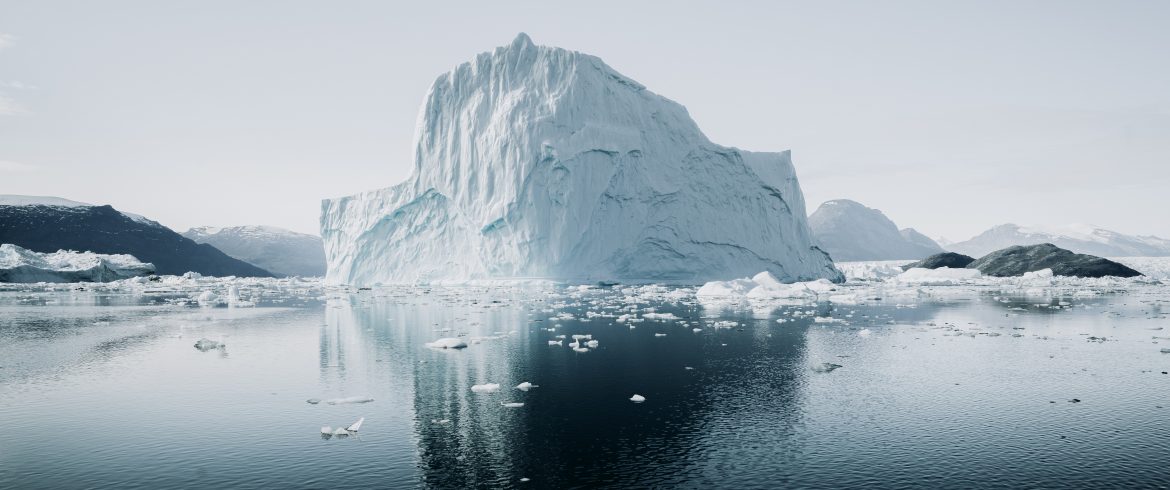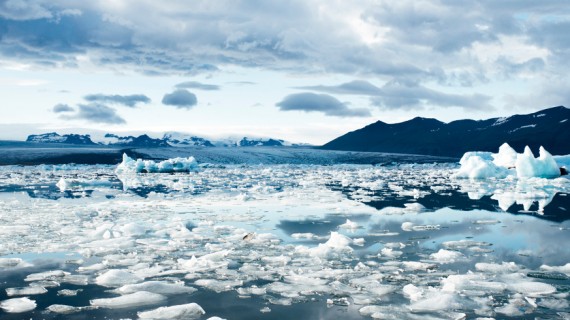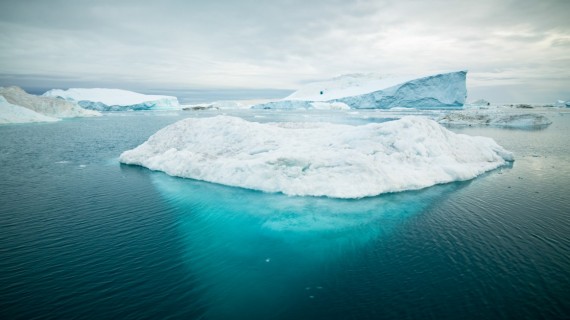An enormous iceberg will break away from the Brunt shelf that is collocated in a southern zone of the Antarctic continent. The huge bulk of ice, according to experts’ position, will have an extension equal about the dimension of the metropolis of London.

The announcement recalls to our minds what happened during the summer of 2017 when another mega-iceberg broke away from the Antarctic continent, precisely from the Larsen shelf. The iceberg that drifted during that summer, melting than in the ocean, is known as Larsen C. This ice-giant elicited the interest of the public opinion both for its titanic dimension and for its unusual form, almost perfectly rectangular. The massive iceberg that broke away in 2017, however, was not the first that generated the interest of media and scientists all over the world. Indeed, in 2002 satellite images immortalized the tremendous collapse of much of Larsen B. Together these events interested the Larsen shelf, which is collocated much more in the North in respect of the Brunt one.
In the case of the new iceberg, we are in front of a block of ice smaller than the huge Larsen C, but in any case of remarkable dimensions. Additionally, the interesting peculiarity of this new iceberg is that, differently from Larsens, it will break away from a region that is very different in respect with the previous: Brunt shelf, in the heart of Antarctic costs.
The detachment of this iceberg will follow, according to experts, the meeting between two chasms that have been observed in that zone and kept under control for different years.
The first chasm was initially observed during Halloween night in 2016, from which its name “Halloween Crack”, and since that moment it has been in continuous movement.
The second one, instead, is a very deep chasm that has been monitored for decades staying almost unchanged until 2012. In that year, indeed, the movements of the ice surface restarted and also this huge rift in Antarctic ice has been resumed its race.
It is very difficult to predict the moment in which the two chasms will meet, but according to glaciologists’ opinion, it will happen. At this point another ice-giant will drift, slowly melting in the ocean.
Consequences of iceberg detachment

Which are the risks of this kind of event? One of the main risks linked to the iceberg detachment regards damages that could provoke to the British station Halley VI, in spite it is provided with an innovative replaceable architectonic structure. Nevertheless, the most scaring problem linked with this phenomenon is its non-isolated nature; indeed, the ice melting is one of the well-known consequences of global warming. The detachment of icebergs Larsen B and C during previous years are examples.
The permafrost (or permanent ice) plays a fundamental role in the maintenance of the sensitive equilibrium of the entire earth-globe and its continuous crumbling leads to inevitable consequences. Indeed, the ice melting causes rises seas (dangerous for costs and cities), a change in ocean currents releasing cold water and damage to sea’s flora and fauna.
Even if some scholars sustain that the detachment of this specific iceberg can be considered natural given its southern position on the Antarctic cots, it still remains an additional mass of ice that will melt in the ocean. To be clear, also if this iceberg broke off from the Brunt shelf independently from the current climate change, the consequences of its melting in the ocean would anyway affect the oceanic ecosystem, adding itself to the damage of other ice giants that during the previous years drifted because of the global warming.
Autore: Nichita Bevilaqua
Articolo di: Cover image: Photo by Annie Spratt on Unsplash




